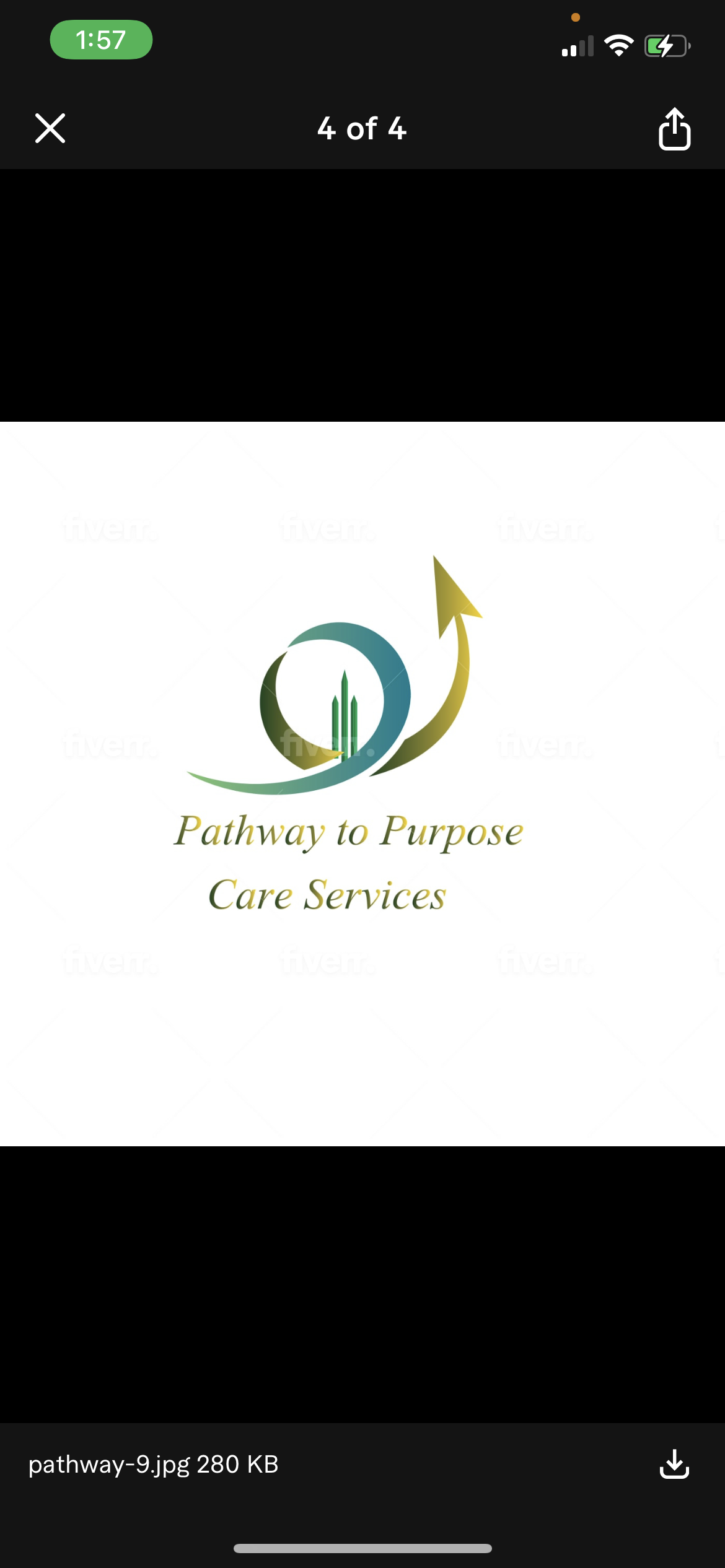Learn how to free yourself from anxieties with these 8 easy steps
- pathwaytopurposecareservice

- Mar 19, 2020
- 3 min read
Updated: Mar 20, 2020
In times like the present, anxiety is very apparent. Even people that do not usually experience anxiety or at least experience it on a minimal scale are becoming overwhelmed with what is happening all around us. There is a way that we can learn how to allow ourselves to be free from these feelings of anxiety. Here are 8 steps that will put you well on your way.
1. Understand that anxiety is on a time scale. Anxiety is generated from the anticipation of things to come or happen in the future. This allows for a time of preparation and an opportunity to complete a reality check on your perspective. Think about the best possible outcomes rather that focusing on worst case scenarios.
2. Anxiety often delays the ability to cope with the situation itself. Anxiety can cause you to feel pain, helpfulness, and vulnerability. When this occurs we then tend to find relief in avoidance. Utilizing a learned coping skill and rewarding yourself for the time that you were able to use this skill will support freedom from anxiety. For example, if walking is coping skill that you use, after you go for a walk, reward yourself for applying the learned skill. This reward will encourage a consistency in the coping skills used.
3. Anxiety can sometimes blend with real and false alerts. Some news is objective and can lead to threatening results. Anxiousness often sets in between the time the information is received and the possibility of the threat. This leads to catastrophizing about the worst result possible. Example, if a physician informs his patient that there was some concern about the results of an ultrasound and would like to complete further testing to gather more information. The anxiety between the time this news was received and the next results can be extreme especially if catastrophizing is occurring. The best way to deal with this type of situation is to suspend all judgement until you have received all the facts.
4. Anxious thoughts, feelings, and actions work together. Usually, working on these individually can be simpler. The technique that can be used is evidence technique. This is when you take a moment and challenge your thoughts. "Where is the evidence of these thoughts that I'm feeling?" In reflection, you will find that your thoughts may be more extreme than the actual situation.
5. Anxiety is a simple fix. Now, this is not saying that it is necessarily easy. It does take work to change your thoughts. The fact of the matter is, the only way to obtain relief from anxiety about fears is to just do the very thing you fear.
6. Anxiety affects what you do. Anxiety can dull your drive to produce. It reduces social interactions and you tend to stay in what you feel is a safe place. One way to counteract this is to create a list of at least 3 next steps or short-term goals. Go beyond what you feel and think and push yourself to complete these tasks. Evaluate how you feel as you complete the tasks. See if you feel happier and more in control.
7. Anxiety and procrastination feed resistance to change. In both anxiety ad depression, you have expectations of meeting uncomfortability. Emotionally, you resist resolving the issue. Instead of avoiding corrective actions, address the situation and evaluate whether you see a decrease is both anxiety and procrastination.
8. Finally, anxiety won't vanish like magic. If you have experienced anxiety for an extended period of time in your life, just know that there is no "magic potion" that will just make it disappear. Cognitive Behavioral Therapy uses techniques that have strong supports of its effectiveness. By just applying some of these simple techniques may be helpful in your journey to be free from anxiety.







Comments